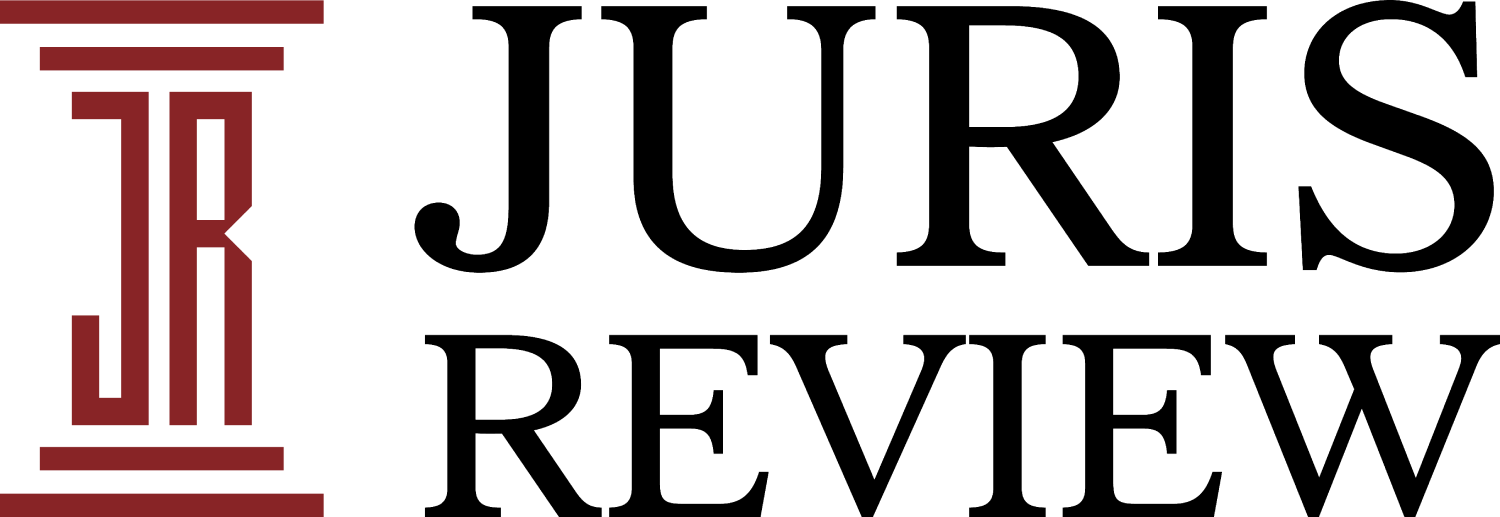Transforming Legal Tech: Insights from Horace Wu
(Image via Getty)
In a recent episode of “Notes to My (Legal) Self,” Horace Wu, the founder and CEO of Syntheia, discussed the evolution of contract data analytics and its implications for transactional lawyers. Wu provided valuable insights into the process of creating effective legal tech products, particularly those utilizing large language models (LLMs). This episode served as an expert guide to innovation and user-driven design in legal technology.
Horace Wu’s Journey: A Shift from Law to Innovation
Horace Wu’s career took a pivotal turn after leaving his law firm. In 2017, he recognized the transformative potential of language models, leading to the founding of Syntheia. His mission has focused on developing substantial solutions specifically tailored to the needs of transactional lawyers.
“I wanted to create impactful tools, and over time, I realized transactional lawyers were the perfect audience because I understood their challenges deeply,” Horace stated.
Build, Buy, or Blend: Making Strategic Decisions
Today’s organizations often face the critical question of whether to build, buy, or blend technological solutions. According to Horace, the choice should be guided by the specific challenges and results desired.
He noted, “While building MVPs has never been easier due to tools like LangChain and LamaIndex, scaling those from prototype to production is often where challenges arise.” Horace highlighted that the transition from a fledgling idea to a robust product remains complex.
The Art of Design Partnerships
Horace emphasized the significance of design partnerships—alliances between vendors and law firms aimed at collaborative solution development. For successful partnerships, he pointed out three crucial elements:
- Expertise: The law firm must possess comprehensive domain knowledge to identify real issues.
- Commitment: Effective tools are built through continuous collaboration and iterations.
- Alignment: Both parties need a shared vision and a strong working relationship.
He likened this partnership to a marriage, underscoring that it cannot be forced.
Defining Success in Collaborative Projects
Success in collaborative projects can be ambiguous. Horace recommended focusing on achieving specific milestones rather than fixating on a single end goal. “You’re never done — it’s about getting to stages where you can deliver value, gather feedback, and iterate,” he explained.
Steps to Build an LLM Product
Horace provided a streamlined approach for developing LLM-powered solutions, consisting of five actionable steps:
- Identify Pain Points: Recognize specific challenges faced by users.
- Map the User Journey: Analyze how the problem integrates into existing workflows.
- Utilize Appropriate Technology: Determine where LLMs can produce meaningful impacts.
- Assemble the Right Team: Gather domain experts, developers, and a mediator to connect both sides.
- Iterate Continuously: Launch, collect feedback, and make improvements regularly.
The Importance of Listening and User-Centric Development
Horace stressed that the primary skill needed when creating products for lawyers is listening. “Lawyers know their pain points better than anyone else — you just have to listen to them,” he noted. This empathetic approach ensures that solutions resonate with actual needs.
User Journey Mapping for Effective Solutions
Mapping out the user journey is essential. By detailing workflows through distinctive perspectives, Horace’s team can identify obstacles and adjust accordingly. “It’s like a pirate map: you know where the treasure is, but the path to get there might need to change,” he elaborated.
Building the Right Team
For effective execution, Horace identified three key roles needed in a team:
- Domain Expert: A professional who deeply understands user pain points.
- Tech Builder: A competent developer responsible for creating the solution.
- Translator: A facilitator ensuring clear communication between the experts and developers.
Empathy and Collaboration in Product Development
A powerful takeaway from the discussion was Horace’s reflection on empathy in product development. “Building for lawyers — or any professional — is like asking a bird how it flies. They know how to do it, but they can’t always explain it. You need empathy to truly understand their needs,” he remarked.
Conclusion: The Path Forward
Horace’s final advice underscores the value of maintaining an open dialogue with clients: “Keep listening to your customers. They will tell you what they want — you just have to hear them.” This principle emphasizes the vital role of collaboration, transparency, and ongoing improvement in developing impactful legal tech solutions.
This conversation with Horace Wu serves as a comprehensive guide for anyone interested in creating influential legal tech products enhanced by AI. The lessons learned—centered on empathy, collaboration, and perpetual iteration—are essential for success in this dynamic field.
About the Author
Olga V. Mack is a Fellow at CodeX and a Generative AI Editor at law.MIT. With a commitment to legal innovation, she has authored several influential books and is currently working on multiple upcoming titles that address the intersection of law and technology. For more insights, you can follow her on LinkedIn and Twitter @olgavmack.

